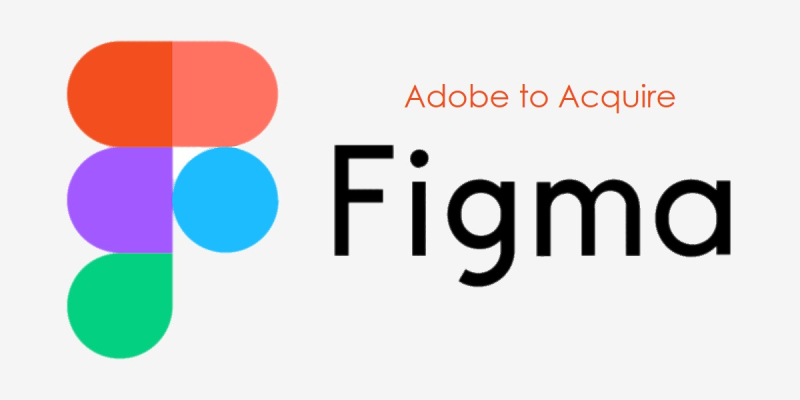This is a deal about a vision of design development as more “vertically integrated” – meaning you complete more steps of the design process, from brainstorming and screen design potentially all the way to product development and coding, in one place

16 September 2022 – – This past summer I asked my team for a set of graphic slides (I use photographs rather than text slides to make my points) to use at the Mykonos Unconference. I expected the usual PowerPoint phot deck in my inbox. But instead of a slide deck, my team sent me a link to the slides using the design program Figma. I asked why we had switched up our methods (especially because Figma was designed for web interfaces, not slides) and was told Figma was easier for collaboration and commenting and meaning.
And there it is – a piece of the reason that Adobe announced yesterday it had agreed to buy Figma for $20 billion. The company doesn’t just see another design tool in the portfolio; it sees new collaboration technology – technology that my graphic designers (as well as at 100s of other companies) – are obsessed with.
And according to a person involved in the deal with who I chatted this morning, it’s about a vision of design development as more “vertically integrated” – meaning you complete more steps of the design process, from brainstorming and screen design potentially all the way to product development and coding, in one place. And don’t forget that Figma has a whiteboarding product for nondesigners, FigJam.
That’s the vision the company is betting a whopping $20 billion on. It’s a bet that some at Adobe see as similar to the company’s purchase of Macromedia for $3.4 billion in 2005. That deal led to Adobe Flash, which powered a generation of interactivity on the web.
Here’s the thing: Macromedia had about $370 million in annual revenue when Adobe acquired it. Adobe said today Figma will have about $400 million in annual recurring revenue by the end of the year. Similar revenues, vastly different prices.
By all accounts, Figma’s business is strong. And that’s an important thing to consider when comparing it to another major software deal: Salesforce’s $27.7 billion acquisition of Slack. About a year in, Slack has eaten away at Salesforce’s margins and is growing revenues about as fast as Salesforce itself, around 25% for both. Meanwhile, investors have soured on Salesforce, largely because of its appetite for high-priced deals.
In a similar vein, Adobe investors seem a little spooked, sending shares down 17% on the day. As for those close to the Adobe deal, they say Figma is a far stronger business than Slack was. Time will tell.
But one thing is for sure: Figma wouldn’t have sold itself if the economy and public markets were stronger. Adobe’s executives, who had been talking to the company for some time, found an opening to pounce on something they had long desired. After all, their own effort around screen design, a desktop product called Adobe XD, sputtered and has been on “maintenance mode,” I am told. It was losing handily to Figma, with companies large and small. I think this deal will boost Adobe like Slack did for Salesforce.
In that respect, I think this deal will serve as an inspiration to some corporate M&A teams looking for a new target. There are some other doozy deals in the technology pipeline but I will hold off until they are announced.
As I wrote yesterday, after a few decades of technology journalism I find conceiving what will happen when things scale up and transition is really, really difficult – especially in design and creativity. We can see a lone tree and grasp it; but imagining how a forest of them will change the ecosystem is incredibly hard. “Magic” (in a way) is seeping into the everyday. The tide is rising. But the real wave is yet to come.